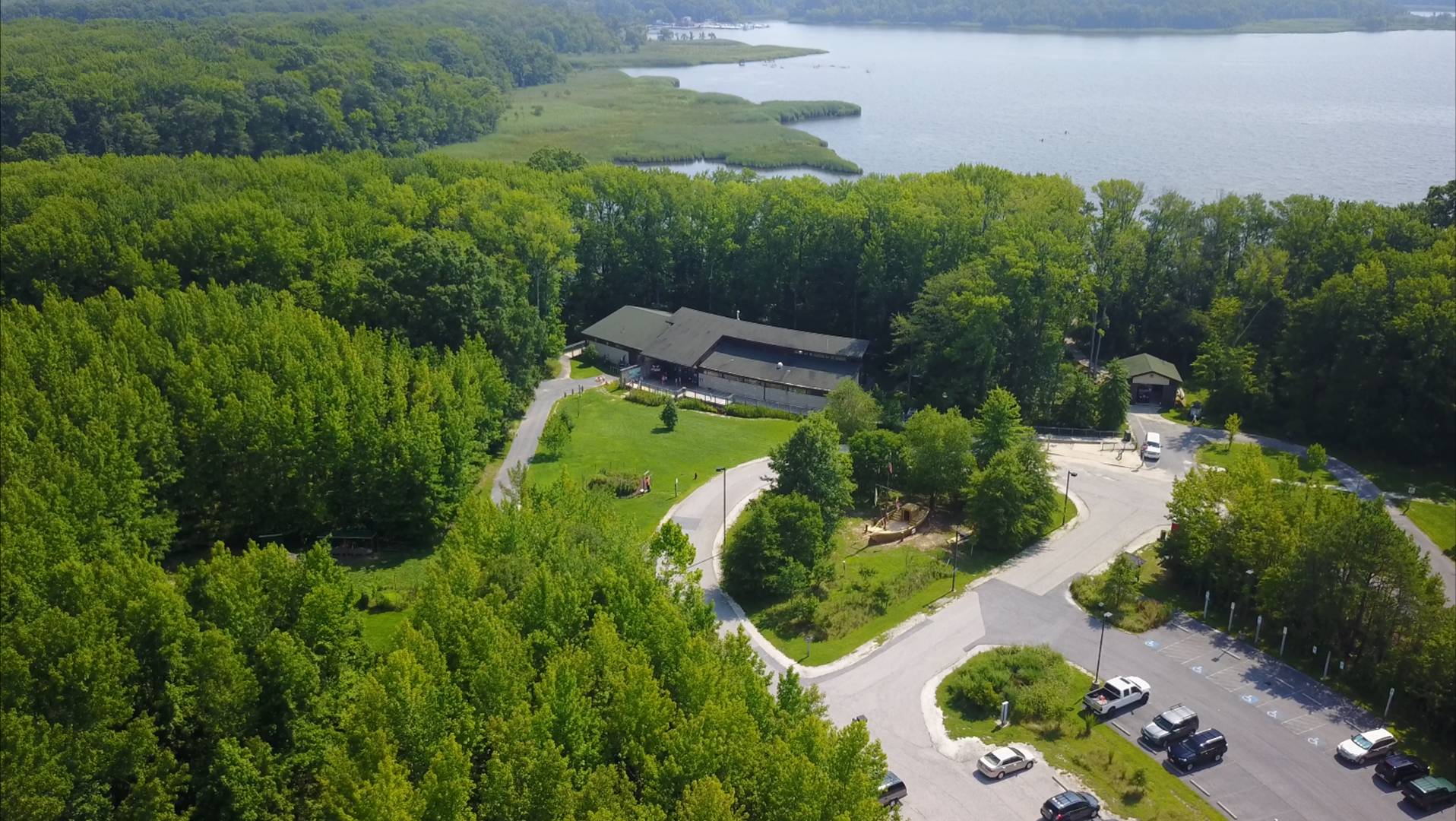Seldom seen, sometimes heard, and surrounded by stories and myth, few animals are as familiar yet mysterious as owls. When darkness falls, humans often head indoors and flip on the lights, but owls ready their wings and hunt for dinner.
Owls are well-adapted to their nocturnal lifestyle. While rarely seen, their silent flight, large eyes, and distinctive and sometimes disconcerting calls and hoots add to the mystery and awe of these nighttime hunters.
Owls are represented among the earliest cave paintings found in France, and they appear in Egyptian hieroglyphics, Mayan art, and Greek and Roman mythology. They have symbolized different things to different cultures—be it positive (wisdom, good luck, ancestral spirits) or negative (death and misfortune).
The facts about owls are just as interesting as their mythology.
Their large, reflective eyes work great in low-light conditions—but are fixed in their sockets. Since they cannot move their eyes, owls have extra vertebrae and specialized air pockets in their necks to turn their heads up to 270 degrees left or right. While they cannot turn their heads all the way around, they can look over their own shoulders in both directions.
Many species of owls have asymmetrical ears that allow them to locate the sources of sounds. Barn owls can locate a mouse in darkness using their hearing alone! Owl feathers are also extra soft, allowing them to grab their prey almost silently. All of their adaptations make owls excellent hunters; a single owl may eat up to 1,000 mice per year!
Marshy Point Park is known to be a year-round home for three species of owls—great horned owls, barred owls, and screech owls. Other species are seen on occasion, or are known to migrate through the area. This winter has brought a number of snowy owls to Maryland. These snowy owls live in the arctic but may migrate as far south as Texas depending on the time of year and the availability of prey (especially lemmings).
The Nature Center is also the permanent home of a non-releasable barred owl, kept for educational purposes. Owls and other birds of prey are kept at nature centers, zoos, and other educational facilities when an injury or congenital defect prevents them from being able to survive in the wild. Permits are required from both the U.S. Fish and Wildlife Service and state natural resource departments to keep raptors in captivity, and they must be used for education.
Please stop by the Nature Center to find out more about owls and to visit with our barred owl!

